Rare Space Phenomenon Stuns Even Veteran Astronauts: See the Breathtaking Footage

The northern lights are incredible to watch at any time—but imagine seeing them from the vantage point of the International Space Station. NASA astronaut Matthew Dominick had the luck to see the light show from above, and captured some of the most stunning footage ever seen. “It was intense,” Dominick, a flight engineer, told Scientific American. “I’m up here with a couple of veteran folks that have spent more than a year of their life in space across missions, and all of them have unanimously said they’ve never seen anything like it.” Read on to find out more.
RELATED: The space Mysteries No Scientist Can Explain.
Solar Storm Collides With Earth
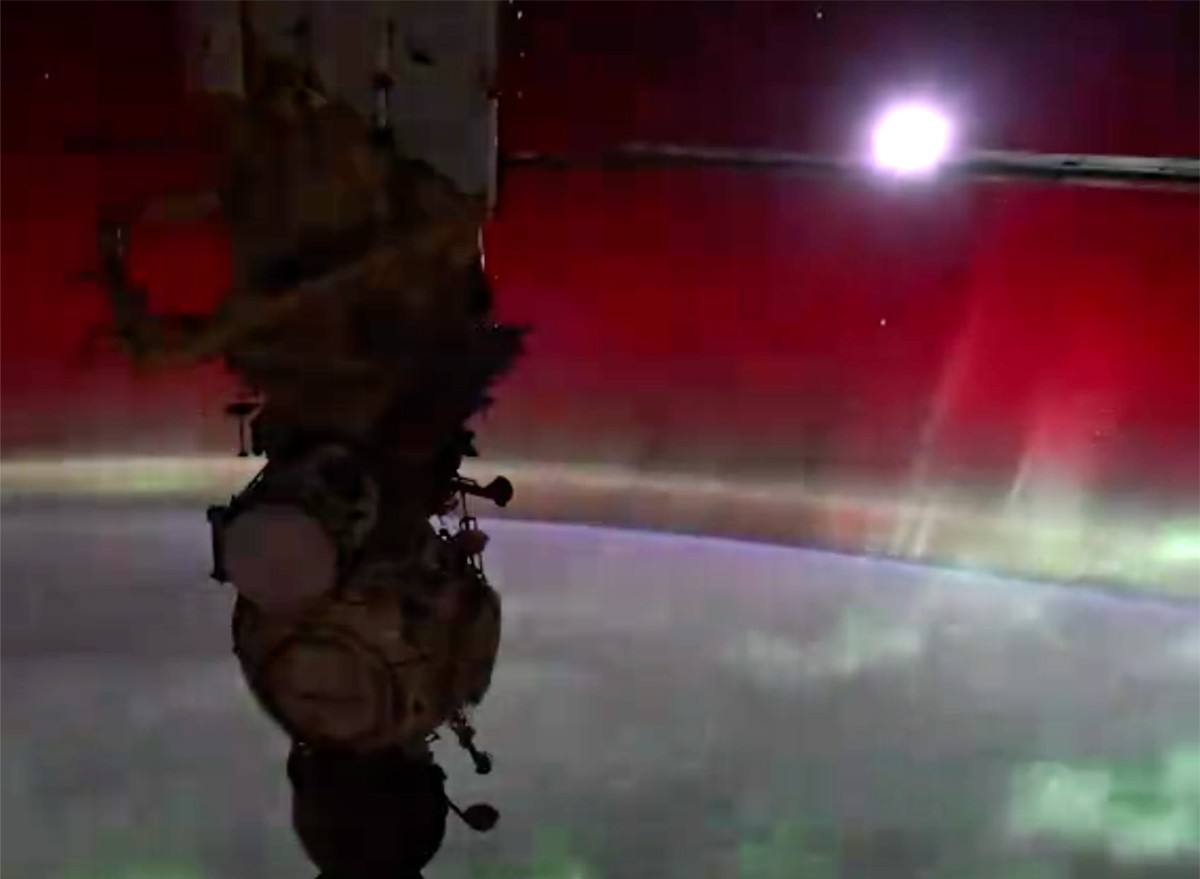
The lights being visible from above were the result of a solar storm colliding with Earth, fueling the auroras that were visible as far south as Texas. “Most space weather events, even those in the extreme category, can be mitigated successfully,” Shawn Dahl, a space weather forecaster at NOAA’s Space Weather Prediction Center, told Scientific American. People “can watch the aurora, enjoy the beautiful show and focus on the spectacular rather than the consequential.”
Expedition 71 In Space
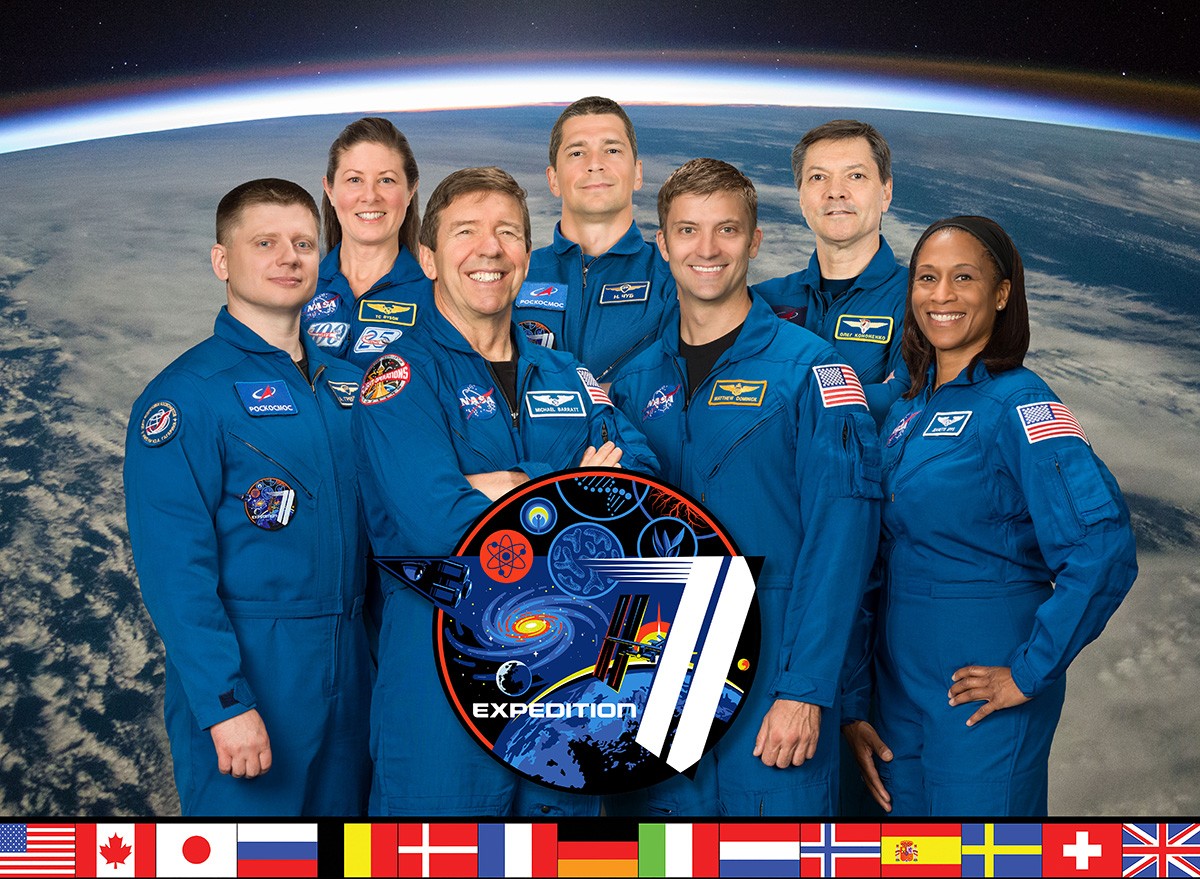
Dominick and the rest of the crew (Oleg Kononenko, Tracy Dyson, Mike Barratt, Jeanette Epps, Nikolai Chub, and Alexander Grebenkinare) on an active mission called Expedition 71. “Expedition 71 began on April 5, 2024 and ends in September 2024,” NASA says. “This crew will explore neuro-degenerative diseases and therapies, space botany, space-caused fluid shifts, and algae-based life support systems.”
Our Beautiful Planet
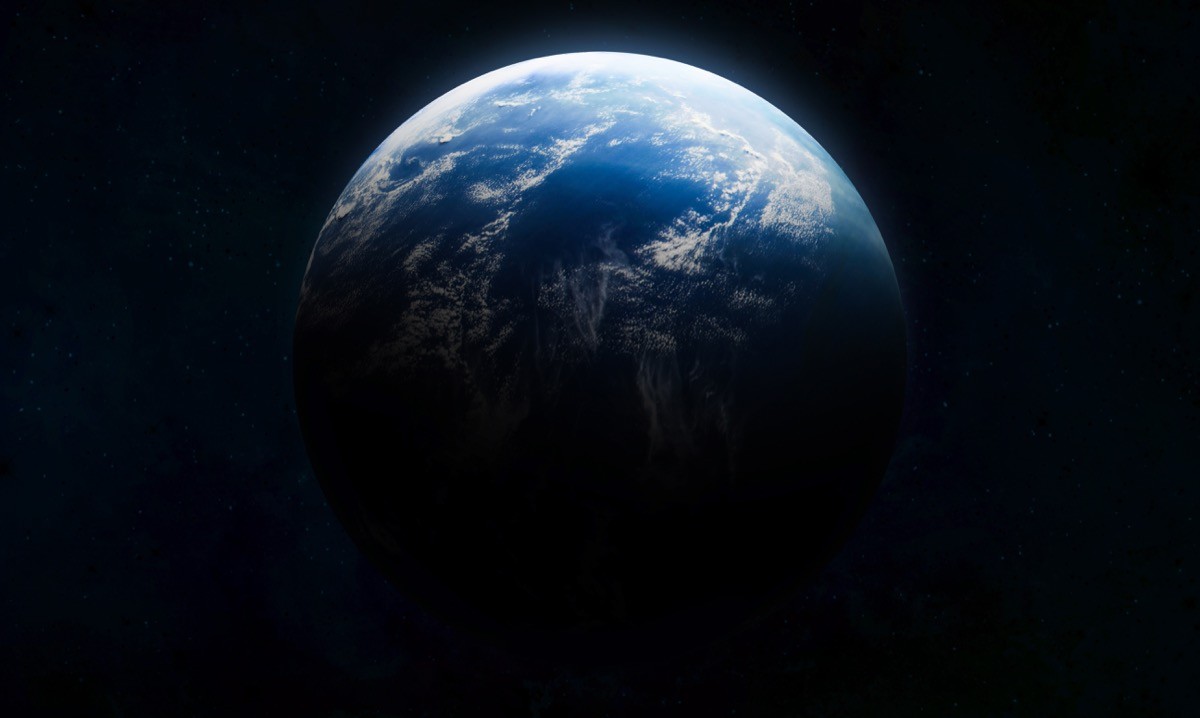
ISS astronauts frequently see beautiful lights from the station. “The auroras from up here are spectacular,” NASA astronaut Jasmin Moghbeli told Space.com. “I love it, because every time I look out the window, I’m in awe. Every time, it’s a little different, even if we’re passing over the same part of the Earth. Whether the lights are different, or the clouds or the seasons or the sun angles, every single time I’m amazed at how alive and beautiful our planet is.”
RELATED: 32 Greatest Recent Scientific Discoveries.
What Causes the Northern Lights?
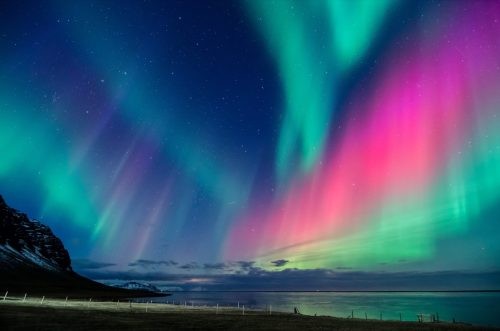
The sun is why we have the northern lights, scientists say. “The lights are caused by the interaction between the Earth’s magnetic field and charged particles from the sun’s atmosphere that enter the earth’s atmosphere,” says Michigan Tech. “A solar flare (energetic particles from the sun) floats through space on the solar wind, eventually penetrating the Earth’s magnetic field. Electrons in the magnetic field sideswipe oxygen atoms or nitrogen molecules in the Earth’s atmosphere. The bursts of colorful light—the northern lights—are colliding particles (usually electrons) and atoms; at collision, electrons can return to their initial, lower energy state, and in the process, release photons or light particles we know as aurorae.”
See the Lights From Earth
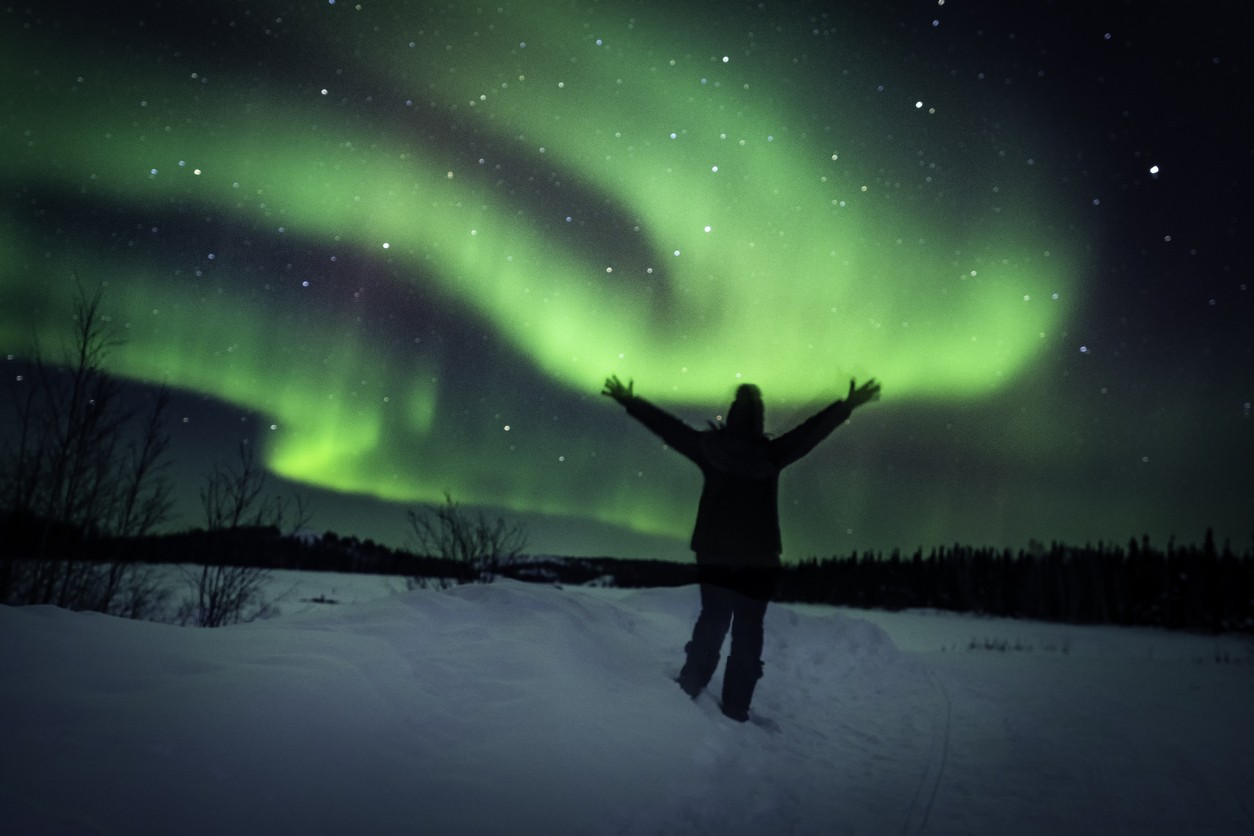
People who want to see the lights for themselves should check the Space Weather Prediction Center’s aurora forecast. For best results, avoid light pollution that would make the lights difficult to see. “Find the darkest place you can,” says Michigan Tech. “Activity starts in the north sky, and depending on strength, can spill overhead into the southern sky. Ideal spot? The south end of a lake or field, free of any man-made light. Dress in warm layers and bring snacks and drinks to stay comfortable while waiting for an aurora borealis shower to appear.”